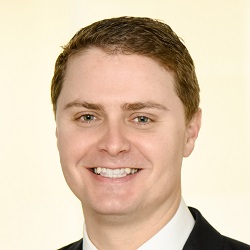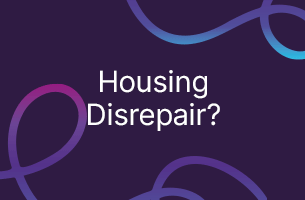
Supreme Court: Seven-strong bench for linked rulings
The Supreme Court has provided a “wholly new legal roadmap” for professional negligence after its ruling last week in two linked cases, the Professional Negligence Lawyers Association (PNLA) has said.
The PNLA said existing claims needed to be reviewed “and for many there could be a substantial impact on the likely chances of success and the assessment of financial loss”.
A Supreme Court panel of seven justices handed down judgment in Manchester Building Society v Grant Thornton UK LLP [2021] UKSC 20 and Khan v Meadows [2021] UKSC 21.
The first case centred on whether accountants Grant Thornton were liable for the costs of a building society withdrawing from interest rate swap contracts, the second on whether a medical expert, who failed to diagnose that a mother carried the haemophilia gene, was liable for the costs associated with her son’s autism as well as his haemophilia.
Lord Hodge and Lord Sales, who gave the leading judgments in both cases, said they were heard together so the court could “provide general guidance regarding the proper approach to determining the scope of duty and the extent of liability of professional advisers in the tort of negligence”.
The PNLA commented: “Both judgments are essential reading for practitioners in professional negligence and liability cases – medical and non-medical − providing a wholly new legal roadmap.”
City firm RPC said principles laid down by the House of Lords in South Australia Asset Management Corporation v York Montague [1997] AC 191, known as the SAAMCo ruling, had “dominated the law of professional liability since 1997 and limited the recovery of damages by claimants against professionals”.
But the Supreme Court rulings “significantly alters the tests” for determining whether a loss falls within the scope of duty by setting out six questions which arose “in any claim” where a claimant sought damages from a defendant in the tort of negligence.
“They add new layers of analysis and complexity to the application of SAAMCo principles and are likely to lead to more disputes over the recovery of damages for professional negligence.”
Rebecca Sabben-Clare QC, Benjamin Parker, and Harry Wright of 7KBW, instructed by Squire Patton Boggs, represented Manchester Building Society. They said the two rulings contained a “fundamental restatement and realignment of the legal principles”.
The majority of the court said the correct approach was to identify “the purpose to be served by the duty of care assumed by the defendant, and then to ask whether there is a sufficient nexus between the claimant’s loss and the purpose of that duty”.
They criticised the distinction, established in SAAMCo and emphasised by the Supreme Court in Hughes Holland v BPE Solicitors [2017] UKSC 21, between ‘information’ and ‘advice’ cases, saying it was “too rigid, liable to mislead, and not the right starting point”.
This meant that the ‘SAAMCO cap’, which involved asking whether the loss would have been suffered if the ‘information’ provided had been correct, “could not be determinative but was no more than a cross-check which was subordinate to considering the purpose of the duty”.
Applying the new principles, the majority held that the building society’s loss fell within the scope of Grant Thornton’s duty and was recoverable in contract and the tort of negligence. Lord Leggatt and Lord Burrows agreed, for their own reasons.
In the Khan ruling, the medical expert was only held liable for the boy’s haemophilia.
Squire Patton Boggs said claimants were likely to turn to the judgments as providing “both a more generous and more common-sense test” for scope of duty.
“Professionals giving advice should pay heed to the ‘purpose of duty’ question and make sure that their terms of engagement are absolutely clear on the agreed purpose of the advice being sought.”












Leave a Comment